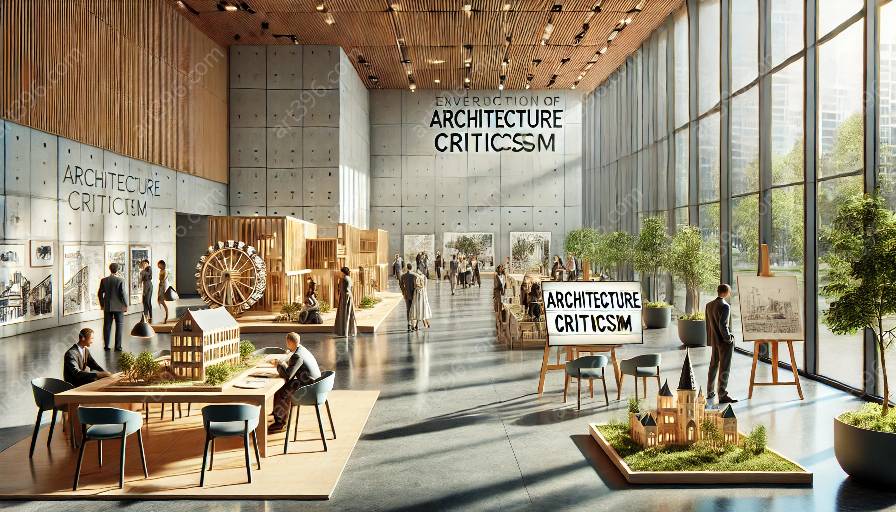Architecture is a reflection of the cultural, social, and technological context of its time. From ancient civilizations to modern societies, architectural styles have evolved and transformed, leaving a significant impact on the built environment. Understanding the historical evolution of architectural styles provides insights into the diverse influences that have shaped the way we perceive and critique architecture.
Ancient Architectural Styles
In the ancient world, architectural styles were closely tied to religious, political, and cultural beliefs. For example, the grandeur and symmetry of ancient Egyptian architecture were influenced by the religious significance of the afterlife, while Greek architecture emphasized proportion and harmony, reflective of their philosophical ideals.
Similarly, Roman architecture showcased the power and grandeur of the empire through monumental structures such as the Colosseum and aqueducts. These early architectural styles laid the foundation for future design principles and continue to inspire modern architects and critics.
Medieval and Renaissance Architectural Styles
The medieval and Renaissance periods witnessed a revival of classical architectural elements, coupled with innovative engineering and artistic techniques. Gothic architecture, characterized by pointed arches, ribbed vaults, and flying buttresses, symbolized the spiritual aspirations of the era, reflected in the soaring cathedrals and churches across Europe.
During the Renaissance, architects such as Brunelleschi and Michelangelo explored the principles of classical antiquity, leading to the creation of iconic structures like the dome of Florence Cathedral and St. Peter's Basilica. This period marked a significant shift in architectural criticism, as theorists and scholars began to articulate the principles of beauty, proportion, and harmony in architectural design.
Modern Architectural Styles
The industrial revolution and technological advancements in the 19th and 20th centuries profoundly influenced architectural styles. The emergence of steel, glass, and concrete as construction materials enabled architects to experiment with new forms and structures, leading to the rise of modernist movements such as Art Nouveau, Art Deco, and International Style.
Architectural criticism also evolved alongside these developments, with critics like Frank Lloyd Wright and Le Corbusier challenging traditional design norms and advocating for functional, efficient, and harmonious architecture. The postmodern era further diversified architectural expression, incorporating historical references, contextual relevance, and vernacular traditions into design concepts.
Influence of Cultural, Social, and Technological Factors
The historical evolution of architectural styles can be seen as a reflection of the broader cultural, social, and technological forces that shape human civilization. Each architectural style carries the imprint of its time, encapsulating the aspirations, values, and innovations of the society from which it emerged.
Understanding these influences is essential for architecture criticism, as it provides a framework for evaluating the contextual relevance, aesthetic merit, and functional efficacy of architectural designs. By delving into the historical evolution of architectural styles, critics can discern the subtle nuances, symbolic meanings, and ideological underpinnings embedded in architectural works.
Conclusion
The historical evolution of architectural styles embodies a rich tapestry of human creativity, ingenuity, and cultural expression. By tracing the trajectory of architectural development from ancient civilizations to modern times, we gain a deeper appreciation of the interconnectedness between architecture, criticism, and the wider socio-cultural milieu. This holistic understanding allows us to engage with architectural styles in a nuanced and informed manner, fostering a meaningful dialogue on the impact and significance of architectural design on our built environment.





























































